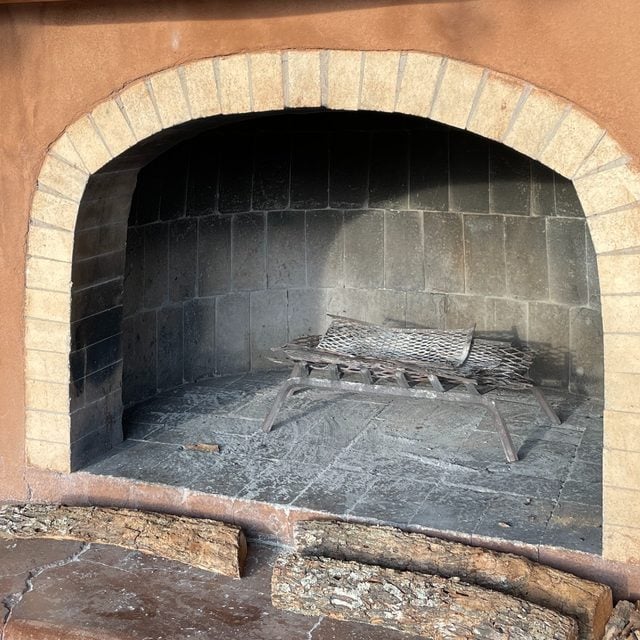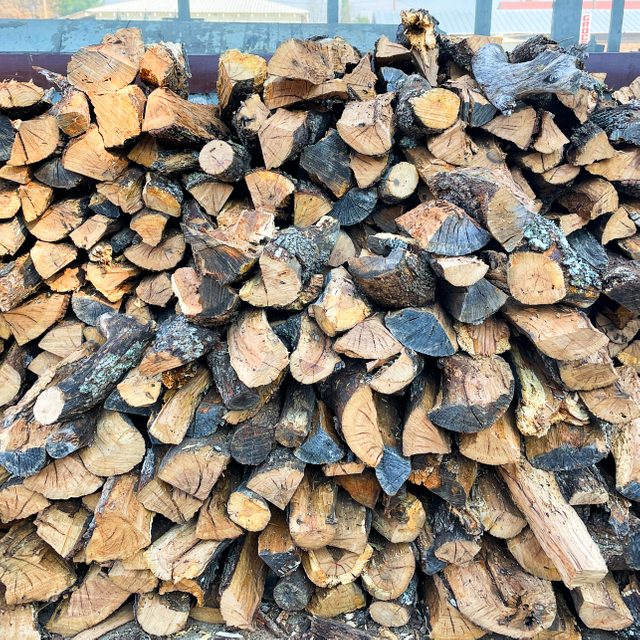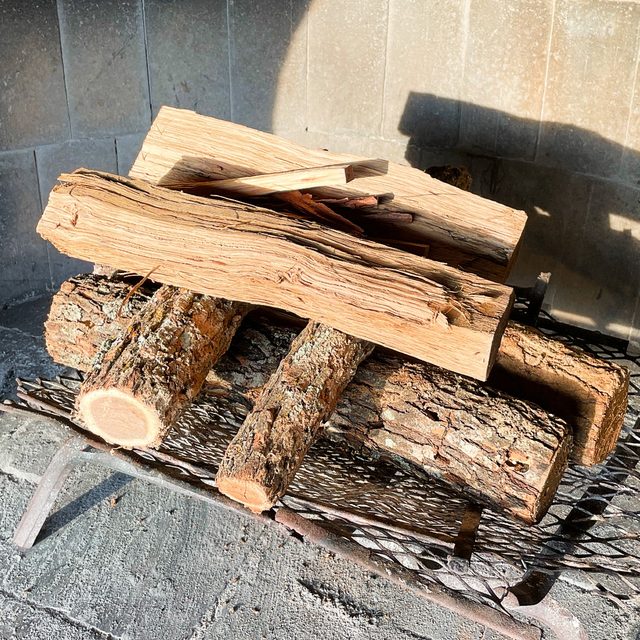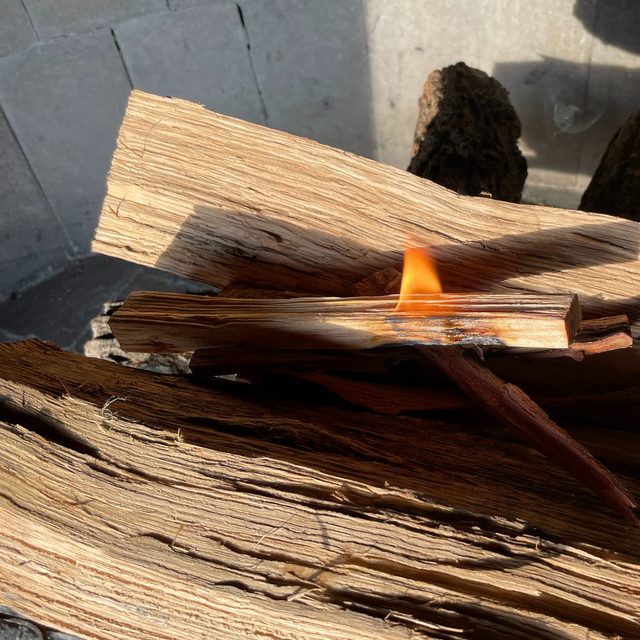Put away the lighter fluid, blowtorch and pine needles! Here's how to fire up your fireplace safely, smoothly and without hassle.
Less than 10 minutes
Beginner
$10 - $60
Introduction
The thought of nestling up to a cozy fire on a winter's eve sounds peaceful, but struggling to light it can be a real mood wrecker. There are also a few key elements you should know to ensure your flames aren't a safety hazard. Here's how to prepare your fireplace, pick out the right logs and create an efficiently burning delight.
Tools Required
- Firestarter (optional)
- Matches or a lighter
- Metal container for ashes
- Shovel for ashes
Materials Required
- Hardwood firewood logs seasoned
- Pine wood or other kindling (optional)
Project step-by-step (4)
Prepare your Fireplace and Chimney
Have your chimney cleaned by a professional at least once a year, more frequently if you use it often. Make sure they inspect the flu for creosote buildup, the leading cause of chimney fires.
Then before each fire, remove most of the ashes from your fireplace. Put them into a metal trash can with a lid. That way, if there are still any hot embers, they don’t cause a fire in your garbage or in the woods.
Also, make sure to open the chimney flue.

Use the Correct Fuel
For fuel, gather logs of varying diameters, plus kindling.
- For the main logs, the best wood is well-seasoned or kiln-dried hardwood. It produces less smoke and burns hotter and longer than softer woods like fir, pine and spruce.
- For your kindling, small slivers of softwoods catch more easily. You can also grab dried twigs from pine trees.
- If you can’t get the kindling going, it’s OK to try a fire starter. Just make sure it’s rated for indoor use; many contain toxins and are only meant for campfires.
- Never use lighter fluid or ignition fuels. They create toxic fumes and can make the fire grow too rapidly.
- Never use newspaper or cardboard, either. These creates ash embers that can float out of the chimney and start a fire on the roof or surrounding vegetation.
- Resist the urge to burn anything in your fireplace that isn’t wood. Items like boxes, paper and dryer lint contain inks and dyes that are toxic when burned. Pine cones and softwoods create excess creosote in your chimney, which can become a safety issue over time.

Arrange the Logs
Select six logs: two large, two medium, and two small.
- Place the two largest logs on and parallel with the fireplace grate.
- Place the next two smaller logs perpendicularly on top of the first two logs.
- Place the two smallest logs on top of the second set, parallel to the bottom logs.
- Put your kindling on top of the top layer.
Safety tip: The entire height of the logs should not exceed half the fireplace height.
Alternative methods: One is putting the kindling underneath the logs. This can also work decently, but top kindling minimizes the chance of smoke entering your house because it creates a faster updraft. Also, the logs will catch quicker with the kindling on top because it pulls air up through the bottom of the fire grate better. Find out the difference between fireplace andirons and grates.
The teepee method commonly for building campfires is not good for fireplaces, in part because the stack will eventually topple over and may create a fire hazard.

Light your Fire and Enjoy!
Ignite your kindling. As it burns, it will drop hot embers down into the log pile, igniting them. Again, don’t use any accelerant. Just be patient and add wood as needed to keep it going. Here are a few tips to put out a fire in a fireplace.





















